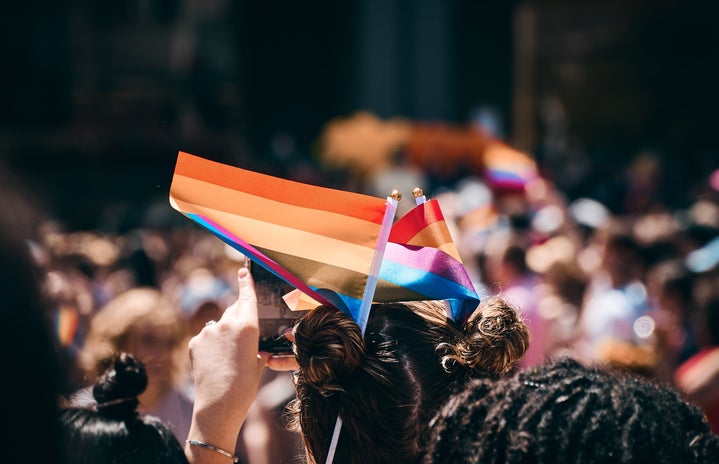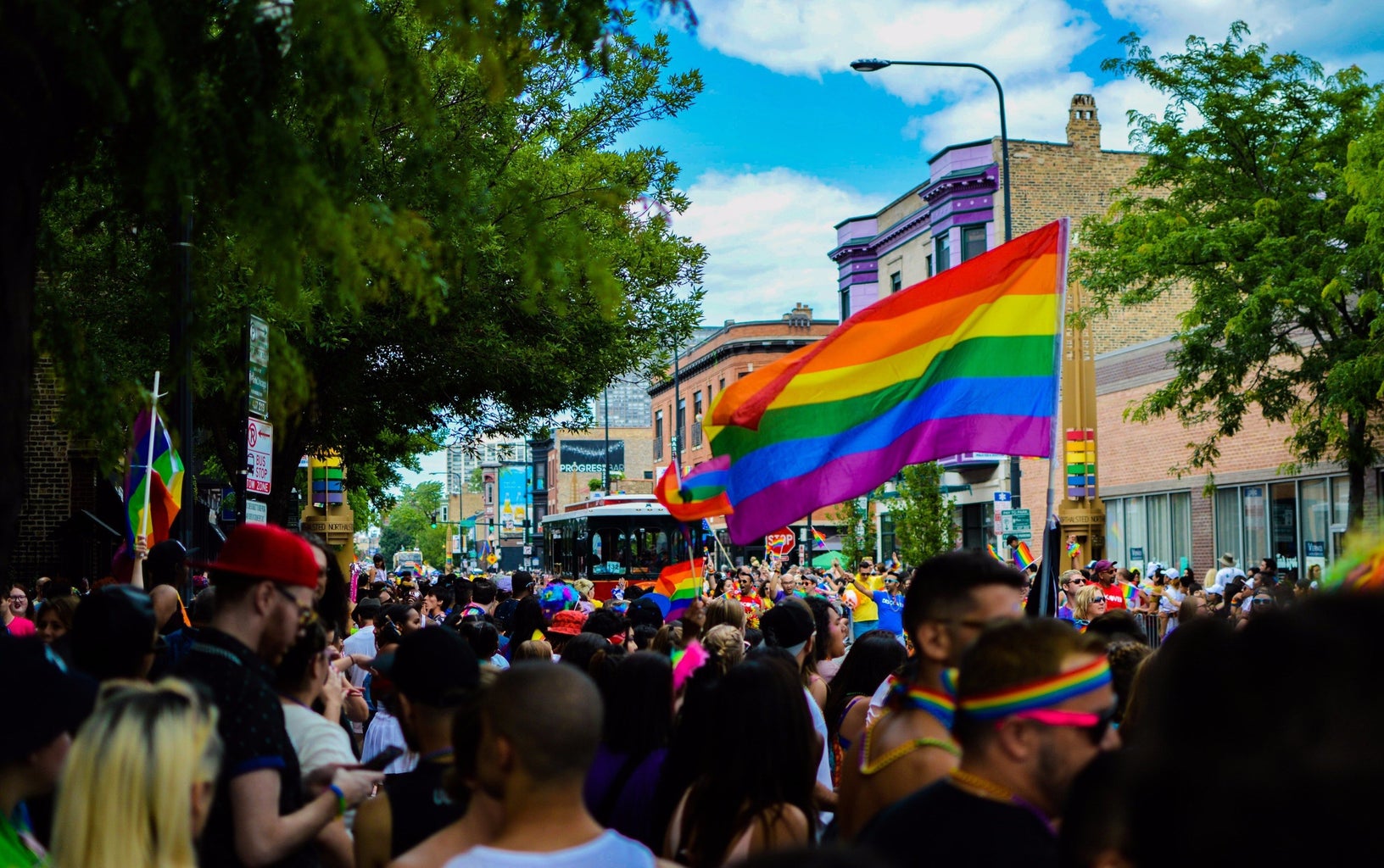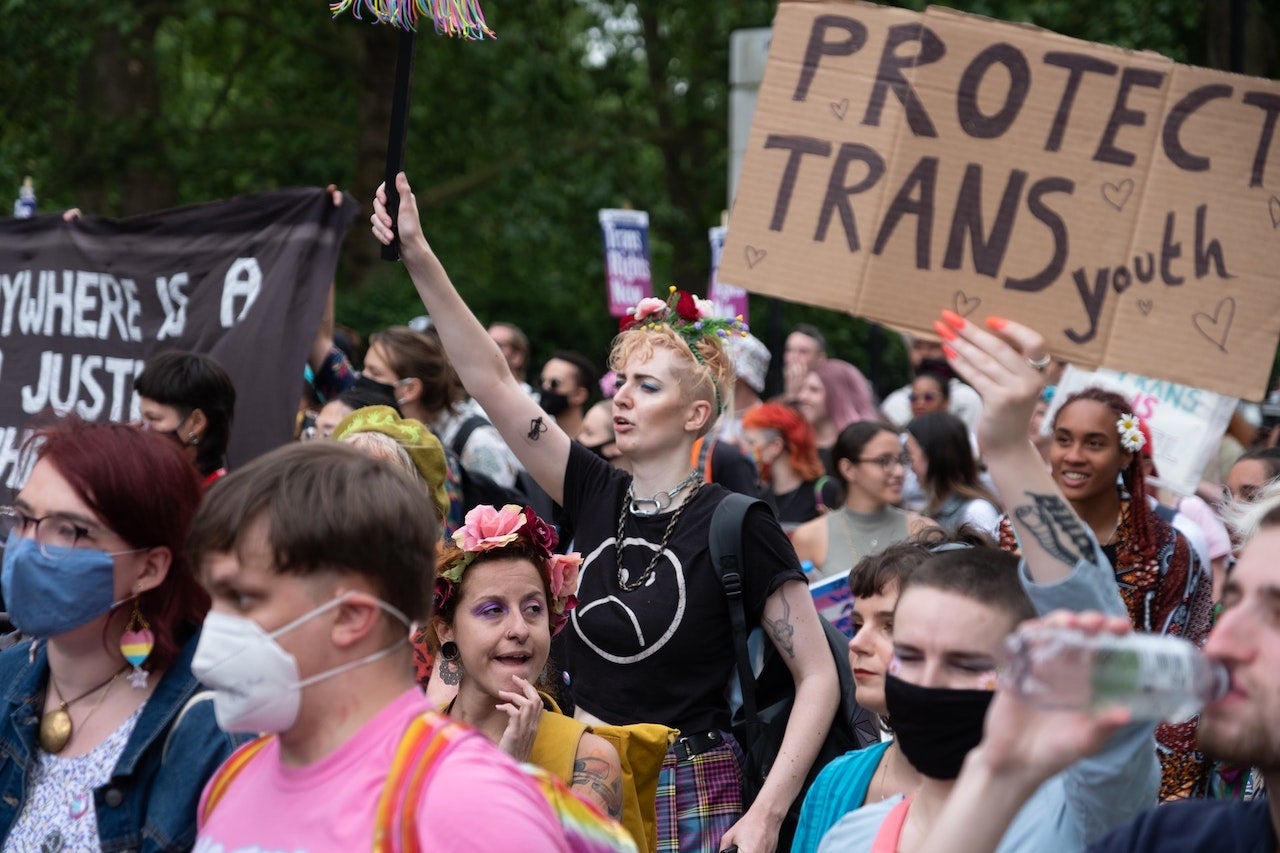As a solid reflection of a yet much conservative nation, Brazil still holds a miserable record towards the LGBTQIA+ community. Being the country that kills this group of people the most, there are still a lot of reparations to be done.
In this article, I gathered up some of the main events that happened in our Brazilian queer community to get where we stand today. Come with me and learn a tad more about this history full of struggle but, nevertheless, full of pride.
THE START OF A MOVEMENT’S HISTORY
Our history begins all the way back in the 70s when small alternative publications started to be produced by the Brazilian LGBTQIA+ community. The movement had to be reorganized in the 80s in response to the HIV/AIDS crisis and started to become more visible further in the 90s, just then opening space for rights achievements. But first, to get the facts as “straight” as my queerness allows, permit me to quickly redirect this story up to the United States.
In the early hours of June 28th,1969, gays, lesbians, transvestites and drag queens confronted the police and started a riot that would establish the foundations for the LGBTQIA+ rights movement, beginning what we consider the ground zero of the contemporary queer movement all around the world.
The episode, known as the Stonewall Riot, lasted a total of six days and was responsible for the arbitrary actions of the police, who routinely carried out raids and searches on New York gay bars. Fun fact, this is why International LGBTQIA+ Pride Day is celebrated on June 28th, a day to celebrate historic victories, but also to remember that there is still a long way to go.
Here in Brazil, the movement began to develop in the early 70s while the country was immersed in a civil-military dictatorship (1964-1985). As a form of resistance, queer people started to reunite as one in social spaces like bars and clubs. At the same time, alternative LGBTQIA+ publications started to be produced which served as forms of reference in this initial phase. Among them, there are two that most stand out: the newspapers “Lampião da Esquina” and “ChanacomChana”.
Founded in 1978, “Lampião da Esquina” was the first openly homosexual Brazilian newspaper, although it also addressed other social issues, who frequently denounced violence against the community. Lampião’s general idea of publication was “to say no to the ghetto and, consequently, leave it”, as stated in the editorial of the first edition of the vehicle. The publication represented a class that had no voice in society, proving to be important for the construction of a pluralist national identity.
A little further ahead, in 1981, a group of lesbians activists, the Lesbian Feminist Group Of Action (GALF), created “ChanacomChana”. The magazine had Ferro’s Bar as its point of distribution, a now-closed place in Sao Paulo which was frequented mainly by lesbian women that made it a place for meetings and political discussions. ChanacomChana circulated between 1981 and 1987, being produced and published independently all throughout it.
However, the owners of the bar did not approve of this commercialization, which led to the expulsion of the women who went there, in 1983. On August 19 of the same year, lesbians, feminists and LGBTQIA+ activists gathered at the place, where they held a political act that resulted in the end of the ban on newspaper sales. This episode became known as the “Brazilian Stonewall”. Because of this, Lesbian Pride Day is celebrated on this day in the state of Sao Paulo.
Editors and journalists who dedicated themselves to these vehicles, primarily from Lampião, were indicted, prosecuted and had their lives devastated, so often with the support of the justice system, all because they thematized and showed homosexuality outside of the patterns of stigmatization and prejudice.
PROGRESS SLOWLY BEGAN
Since the enactment of the Imperial Penal Code in 1830, there has been no law punishing same-sex love in Brazil. Even so, “homosexuality” was labeled as a “sexual disorder deviance” in the Health Code of the National Institute of Medical Assistance and Social Security till not so long ago.
In 1981, GGB (Gay Group of Bahia), founded in 1980 in Salvador, Bahia, started a national campaign with civil society, psychologists and psychiatrists for the de-pathologization of homosexuality. The victory came in 1985, with a favorable decision by the Federal Council of Medicine. The real “de-pathologization” took place in Brazil five years before the World Health Organization removed homosexuality from its list of diseases.
Around the same time, the defense of the use of the term “sexual orientation” as opposed to “sexual option” also strengthened among the community. The fight made it clear that being queer is not an objective choice, nor an innate biological condition.
This way, the Triângulo Rosa Group, founded in 1985 in Rio de Janeiro, defended the inclusion of the term “sexual orientation” in the 1987 Constituent Assembly on two points: the article that prohibits discrimination based on “origin, race, sex, color and age” and the one that prohibits salary differences motivated by “gender, age, color or marital status”. Sadly, the inclusion in the Constitution did not go ahead immediately, but was later adopted by municipal legislation and even state Constitutions.
HOW A DISEASE CHANGED THE MOVEMENT’S COURSE
Also in the 1980s, the LGBTQIA+ community suffered another huge hit, maybe the biggest yet. Around the world, an HIV/AIDS virus epidemic killed many people and significantly altered the movement’s political organizations. The syndrome brought a stigma to the community, which began to be seen as the carrier and transmitter of an incurable disease. Militants, especially from the State of São Paulo, left their established groups while many went on to work on projects to combat HIV/AIDS. Groups such as the GGB and Triângulo Rosa took the lead of the movement.
In the country, the first case was reported in 1982. This initial outbreak happened right in the midst of a transition from a repressive military dictatorship to a democratic nation, thus having a profound impact on the subsequent governmental response. Many of the social movements who protested against the regime at the time had a strong influence in the establishment of a legal framework for health care that would set a precedent for HIV/AIDS policy.
The lack of effective medical care during the dictatorship only strengthened the movement’s political momentum. Their efforts culminated in the legal definition of health as a universal human right by the 1988 Brazilian Constitution and with the creation of a Unified Health System (SUS), which offers public health services and insurance to all citizens. This notion of health as a human right would serve as the basis for later HIV/AIDS treatment and prevention measures.
WHERE WE STAND NOWADAYS
As a matter of course, the consequences are still pretty much alive. The crisis served to increase the invisibility of this population, as queer people, primarily gay men and other men who like men, gained a new stigma as the supposed “vectors of a deadly virus”.
Nowadays, universal access to HIV/AIDS treatment is a well-defined goal in international discussions of health and health policy that Brazil fundamentally helped articulate. State funds and funds from international cooperation agencies to combat the disease began to finance groups of homosexuals who act in their communities as part of the response to the problem.
The historical involvement of a collection of civil society groups in protesting the regime and later participating in the establishment of a new government allowed for these progressive ideas about access to medicine to shape governmental interests and policy action in opposition to international norms. While the disease was initially considered a severe threat to national health and remained subject to intense stigma and discrimination, Brazil today is heralded as a model of a successful response to the epidemic, particularly for countries of low and middle-income status.
THE MOVEMENT’S RECENT PROGRESSION AND ACQUIRED RIGHTS
Sao Paulo’s LGBTQIA+ Pride Parade is known for being the biggest celebration of diversity in the world. Hundreds of thousands of people gather on the famous Paulista Avenue every year in an event that combines fun and exposition of themes dear to all queer people. The date is an important celebration of pride to the community and to all that came before us, those who made our most recently acquired rights possible.
Back in 2002, the sexual reassignment process from male to female phenotype was authorized by the Federal Council of Medicine. Since 2008, it has been offered by the SUS (Unified Health System). And, in 2010, the process of reassigning the female phenotype to the male was also approved by the council and started to be offered by the public network. However, waiting in line can last more than 20 years, and only a fraction of interested trans people get attended.
At the same period, in 2009, the social name – a name that transsexuals and transvestites, for example, use to identify themselves, even when they have not changed their civil registration – was allowed by the Ministry of Health to be used in the SUS. Since 2013, the federal government has allowed its use in the Enem (National High School Examination). There are also decisions happening at federal, state and municipal levels in this regard that apply to public bodies, educational institutions and state-owned companies.
In 2011, the stable civil union between people of the same sex was recognized by the Federal Supreme Court. But, only two years later, in 2013, the National Council of Justice allowed civil marriage between homosexuals, as well as the conversion of same-sex stable unions into civil marriages.
More recently, in March of 2018, the Federal Supreme Court determined that transgender people can change their name and sex registration in the civil registry at a notary. Further ahead, in June of 2019, the Federal Supreme Court ruled in favor of criminalizing homophobia and transphobia, legally equating them with racism. This means that homophobic and transphobic practices are classified as a crime of racism until the National Congress approves a specific law on prejudice against these groups.
In 2020, the Federal Supreme Court overturned the health rules that prohibited men who had sexual intercourse with other men in the previous 12 months from donating blood. In the context of the HIV/AIDS epidemic, in 1993 Brazil prohibited homosexuals from donating blood aiming to control the disease’s transmission through transfusions. As the behavior and transmission of the virus became better understood, the prohibition came to be noted as discriminatory by associating sexual orientation with risky behavior.
Last year, the first trans woman was elected as deputy in the state of São Paulo with more than 50.000 votes. Erika Hilton, 30, is a known activist for black and LGBTQIA+ rights that values young and peripheral cultural initiatives. Hilton has been doing an amazing job in her role getting the community’s guidelines to the legislative chamber’s eye while also being a huge inspiration for the community.
Today, the only way for trans people to change their civil registry is through requests in court. Which makes the process a whole more difficult, when judges often make transphobic demands such as opinions from psychologists and psychiatrists, in addition to sex reassignment surgeries – which should not be necessary for someone to be recognized in the gender they identify. Not to mention that transsexuality continues to be classified as a disease by the Federal Council of Medicine, as it happens in the World Health Organization, while Brazil also leads the rank as the country that most kills trans people.
All in all, it is important to us as a society to continue to pay attention as well as support these fights. With almost five decades of history, the movement has made incredible advances even if there are still a lot more challenges to think about. At this year’s Pride Month of June, let’s take a moment to celebrate and honor all that came before us, the people who fighted to made the simplest of things, like holding hands with your partner on the street, possible.
—————————————-
The article above was edited by Isadora Costa.
Liked this type of content? Check Her Campus Cásper Líbero home page for more!




